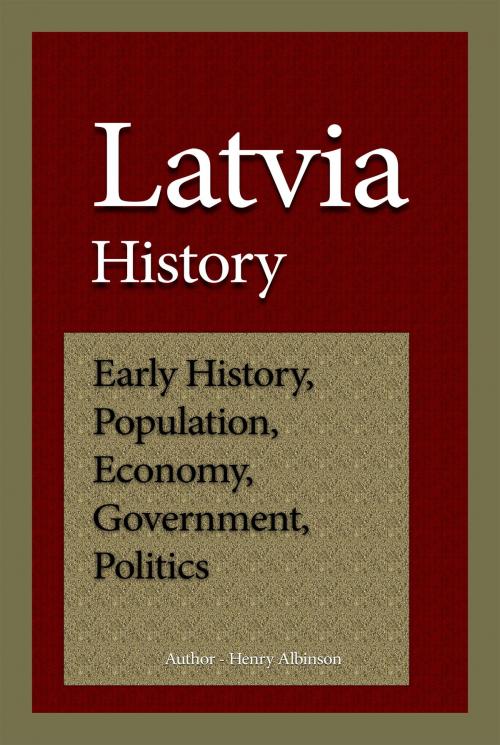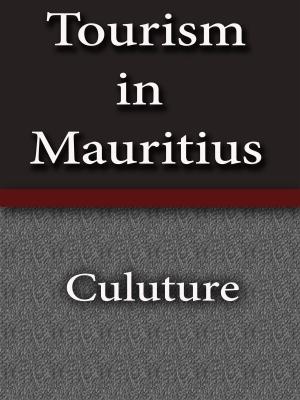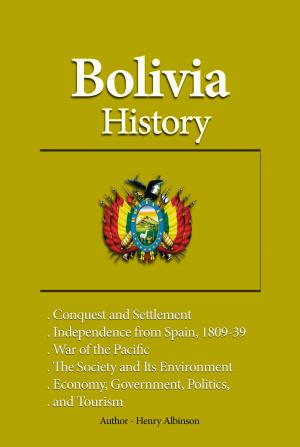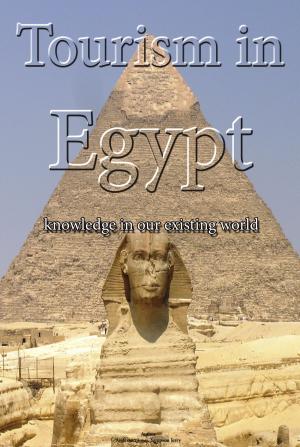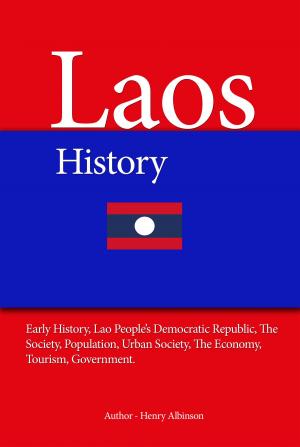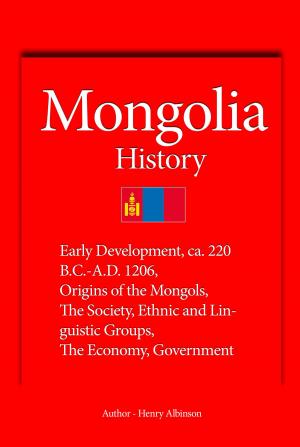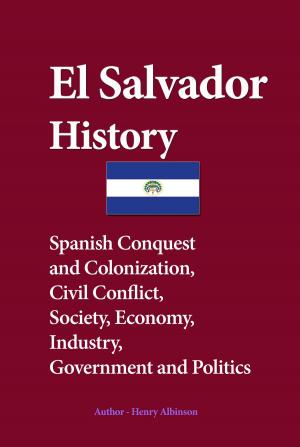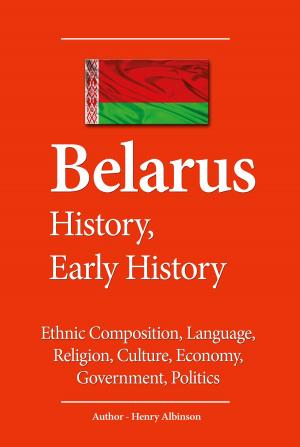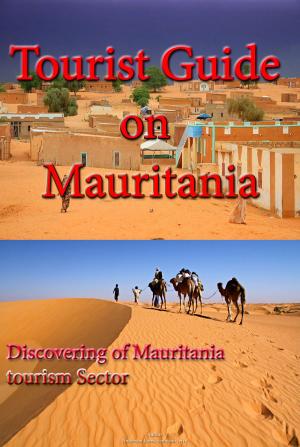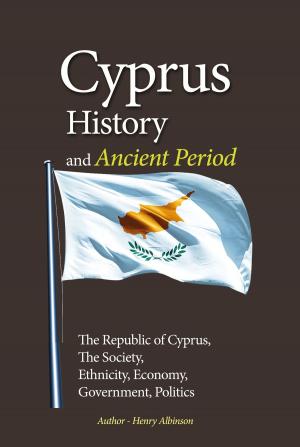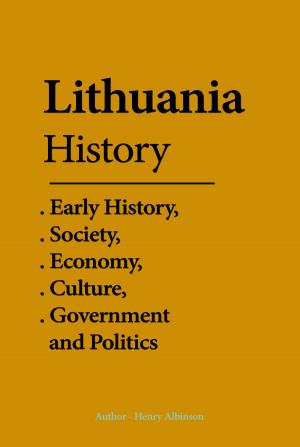Latvia History
Nonfiction, History, Asian, Former Soviet Republics, Fiction & Literature, Action Suspense| Author: | Henry Albinson | ISBN: | 9781311880109 |
| Publisher: | Sonit Education Academy | Publication: | June 25, 2016 |
| Imprint: | Smashwords Edition | Language: | English |
| Author: | Henry Albinson |
| ISBN: | 9781311880109 |
| Publisher: | Sonit Education Academy |
| Publication: | June 25, 2016 |
| Imprint: | Smashwords Edition |
| Language: | English |
Latvia history, and early history, who are Latvia people, where are they from, the book on Latvia also provides you information on Latvia culture, Latvia economy, Latvia tourism, Latvia government and ruling system
Latvians have resided in their present geographical area for more than 2,000 years. Their closest ethnic relatives are the ancient Prussians, the Galinds, the Jatvings, and the Lithuanians. Only the Lithuanians have avoided extinction. All the other peoples were conquered or assimilated by their neighbors, demonstrating one of the realities of history--the ebb and flow of the creation and disappearance of nations. This aspect of history has been taken to heart by Latvians, who regularly use their experience of extinction as a tocsin of potential danger to the survival of their own group. Ironically, Latvians themselves have been in the position of having assimilated another group. The first settlers in the territory of Latvia were Livonians, or "Libiesi." Whereas the Latvians originated from the Indo-European family, the Livonians were akin to the Estonians and the Finns and formed a part of the Finno-Ugric complex of nations. The Livonians were once heavily concentrated in the northern part of Latvia's present-day provinces of Kurzeme and Vidzeme, but today only about 100 individuals retain their ancient language. Livonians have also contributed to the development of a prominent Latvian dialect
Latvia history, and early history, who are Latvia people, where are they from, the book on Latvia also provides you information on Latvia culture, Latvia economy, Latvia tourism, Latvia government and ruling system
Latvians have resided in their present geographical area for more than 2,000 years. Their closest ethnic relatives are the ancient Prussians, the Galinds, the Jatvings, and the Lithuanians. Only the Lithuanians have avoided extinction. All the other peoples were conquered or assimilated by their neighbors, demonstrating one of the realities of history--the ebb and flow of the creation and disappearance of nations. This aspect of history has been taken to heart by Latvians, who regularly use their experience of extinction as a tocsin of potential danger to the survival of their own group. Ironically, Latvians themselves have been in the position of having assimilated another group. The first settlers in the territory of Latvia were Livonians, or "Libiesi." Whereas the Latvians originated from the Indo-European family, the Livonians were akin to the Estonians and the Finns and formed a part of the Finno-Ugric complex of nations. The Livonians were once heavily concentrated in the northern part of Latvia's present-day provinces of Kurzeme and Vidzeme, but today only about 100 individuals retain their ancient language. Livonians have also contributed to the development of a prominent Latvian dialect
